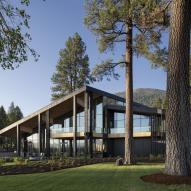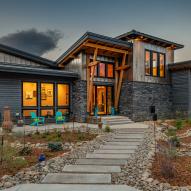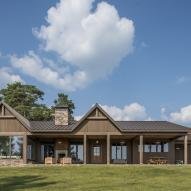THOUGHTFUL SOPHISTICATION—INTERVIEW WITH SCOTT KESTER
We’ve been talking about Thoughtful Sophistication™ a lot in our studios; what it means to us and what we hope it means to others. Of course, there’s our Thoughtful Sophistication collection—but it’s more than just the products and finishes you see. It’s a way to move Beyond the Barn™ to see the other side of reclaimed wood, options that are sleek and modern with a soul.
However, nothing good comes from just talking in your own bubble, so we reached out to some of our design friends to get their take on Thoughtful Sophistication.

I had the fantastic opportunity to chat with Scott Kester of Scott Kester Design. His work in hospitality and restaurant design can be seen throughout many well-known and regarded establishments like Coi, Plum, Sushi Samba, Lotus, and Gramercy New York. We talked about the quality of “old wood”, why there are mirrors behind a banquet, and where’s the next place we have to eat in NYC.
D: I really appreciate the time to chat, Scott. I was taking a look through your projects online and it’s clear that you really work with all of the elements as you’re concepting an interior. How or where do you start connecting a new space?
S: Flow is the most important—how you get food to people, how you get to the restroom, how often a waitress has to bend over to get something, the division between the dirty and clean areas—as a diner you don’t notice these things, but it really is the most important part. No two spaces are the same, so you really have to tailor the design and the elements to the physical space. You have to listen and observe the flow to be a great restaurant designer.
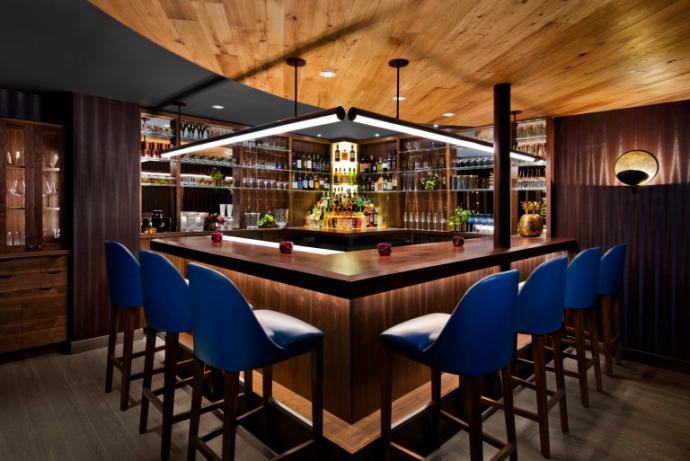
What’s the goal for your designs beyond the working flow?
My criteria for my restaurant designs has always been that you should want to get engaged, or be moved to do something incredibly important with whomever your with.
Look—after the flow, it’s about line of sight, tone, and vision. When you’re working with a sit-down restaurant, think about a table of four. That’s 360 degrees of interest you have to give to a space and unless something cool is in the corner someone has a bad view. Then there’s the typical banquet…the cushy seat is supposed to go to the girl, and the guy takes the hard chair. She gets the beautiful view of the restaurant, and to enjoy the space, and he gets to stare at the wall—which is typically okay because he’s got a pretty date to stare at. But if you add a mirror behind that girl, then he gets to look at the restaurant, possibly see another pretty girl, and everyone is happy.
What do you think the next wave of design trend is in your industry?
I have no idea about design trends—we never think about trends. In our work with restaurant clients we are seeing more and more desire to simplify concepts. Restaurants are being made around a smaller menu. The focus is on an experience that is specific to a food type or menu item. Small is beautiful.
How do you see social and environmental responsibility continuing to evolve in design?
This is more of an issue of personality. Some of our clients expect social and environmental responsibility while others do not prioritize. When issues can be integrated into a design that further the brand development then everyone is aligned.
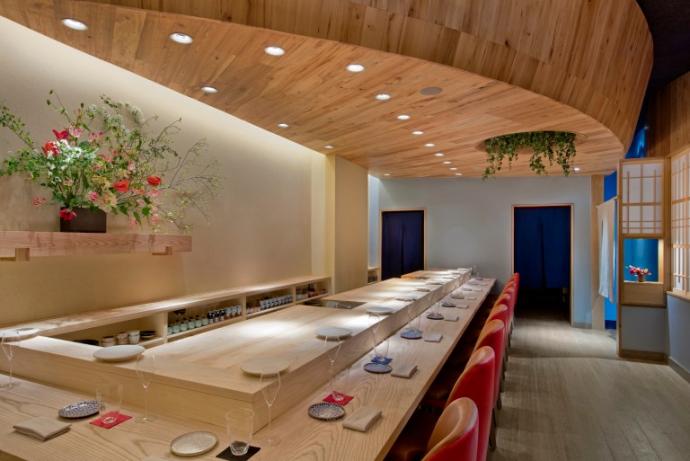
Why do you use reclaimed wood in your projects?
Beauty and brains combined. Many species are simply better after they age. The material forested many years ago is often better looking. The sustainable side of the equation is good for our consciousness, but the first impression of the patina and beauty is what attracts us to reclaimed materials.
We’ve been talking a lot about this concept of“Thoughtful Sophistication” in the office. What does it mean to you?
I have clients that don’t want “barn wood” and I get it. Barn wood is synonymous with the farm to table movement and sustainability—all really great things—but people want the next thing. It’s why I’ve never been interested in reclaimed wood for barn wood. I’m interested because you can’t get wood like this [reclaimed] anymore—the wide boards, the long lengths, and the grain. And people really like the story of knowing where it came from once they know. I like to work with your wood because of the quality…it’s made for you, it’s made with love.
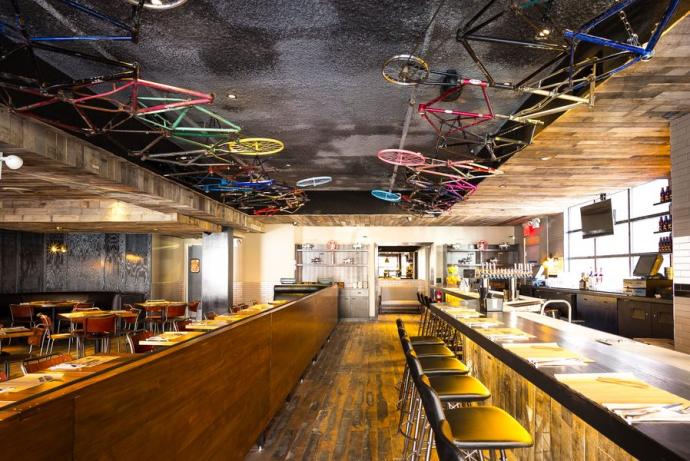
A lot of people think reclaimed wood and do think of only barnwood—what are your thoughts on that?
Reclaimed and sustainable used to be signified by barnwood. Using barnwood was the easy way of saying environmentally conscious. It is more interesting to value the source and provenance of the material. How far away was the wood harvested, milled, and where was it used? What are the grain characteristics that differ from timber harvested recently? We propose reclaimed material in all our projects but it is seldom barnwood.
Do you have a favorite Pioneer Millworks product, or wood species?
No favorite. I am more interested in the methodology. We discuss the direction, tones, grain, and finishing options. Then work with an available species, and start messing with the finishing. Our goal is to get a unique material that is specific to our projects.
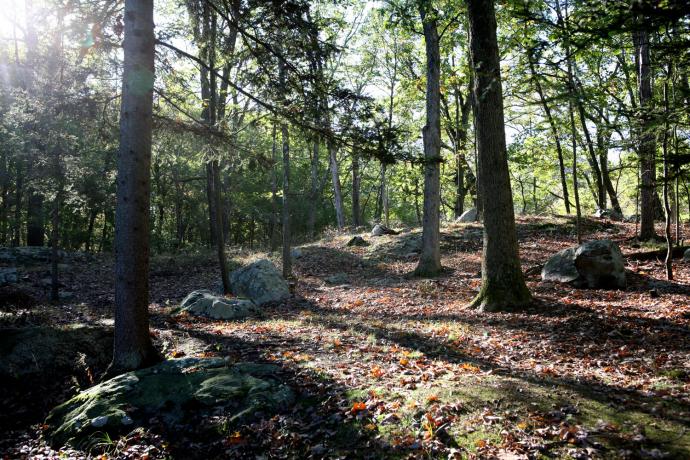
Latest inspiration?
My view. What you don’t see is that over the last 18 months of living here I have pulled up a dozen plus trees in this view. I pulled up the small, crappy saplings. So we are slowly grooming our landscape. Old school foresting.
Next time we’re in NYC, where should the Pioneer Millwork’s team head to dinner?
Tough one—how much do you have to spend? New York has gotten so expensive. I moved to New York City in ’89 from Boston and I used to be obsessed with old-school classic hotel bars. I still love them…The Plaza, The Carlyle, Bull and Bear bar. It was amazing because they were cool, and they were built for people to go there and enjoy. Places by architects like Phillip Johnson…the old-guys are the most amazing, the one-up-manship of creating a place where you relax in luxury. People are bringing this back, making it relevant again, and I think that’s really cool.
Thanks so much to Scott for taking the time to chat with us. If you’d like to share your ideas of Thoughtful Sophistication, we’d love to hear from you in the comments, or you can email us at info@pioneermillworks.com.


